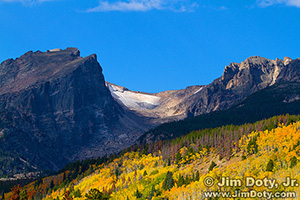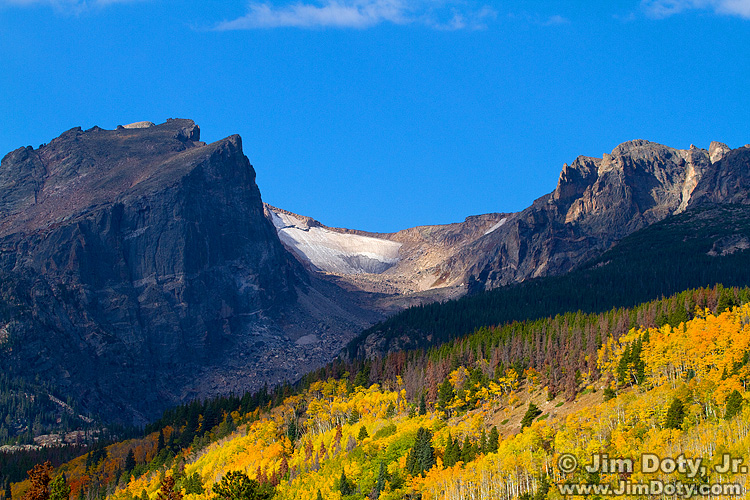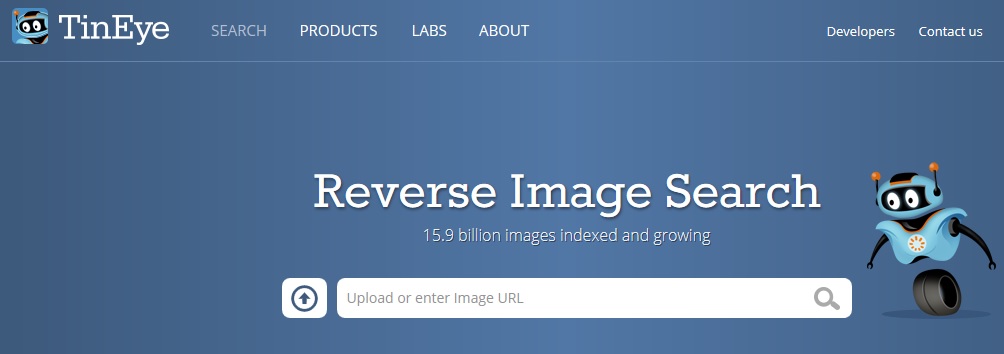How do you protect your online images? Here are some basic steps, plus links to online information.
The first step is to watermark your online images with a copyright symbol © and your name. You may want to add your web site too. How big you make the watermark is up to you. Personally I prefer a smaller, more subtle watermark like the one in the corner of the elk image. I also reduce the opacity of the watermark so some of the photo shows through. The disadvantage is a small watermark can be easily cropped out of a photo by someone who wants to steal it. The good news is you can take someone to court for removing your watermark to the tune of $2,500 to $25,000 in fines plus legal fees.
A big watermark makes it harder for thieves to steal and use a photo but it is distracting to viewers. The choice of watermark size is yours.
The next step is to register your images with the U.S. Copyright Office. Why? Read this article by Carolyn Wright. Her other suggestions are good too.
Put your copyright information in the metadata of your photos. With any Adobe software go to File > Info to add to the photo’s metadata. In this partial screen capture from Photoshop, File > Info brings up the metadata window for this image. The basic panel shows the copyright information. You can type this in for each photo but it is faster to create a template to add the same copyright information automatically to a batch of photos as you download them, or to one or more photos inside a folder. With non-Adobe software you will need to figure out how to access the metadata for your digital images.
It is also a good idea to keep your online images small enough that someone can’t nab your online files to make quality prints of any significant size. If your images are no bigger than 600 to 800 pixels on the longest side it will be harder for someone to take your files and make quality prints. Bigger photos are nicer to look at online but they are easier to steal and make prints. The smaller they are the less useful they are to photos thieves but the less enjoyable for viewers. The photo immediately above is 300 pixels on the longest side. Below it is 700 pixels on the longest side.
If you share large, printable files with clients, share them via folders that aren’t visible on the internet. Dropbox is one good way to do that and a basic account is free. Photoshelter, Zenfolio, ImageEvent, PBase, and other sites also allow the sharing of large files with clients in password protected albums.
Personally I think you should ignore the advice to disable “right click and save”. That will not deter someone who wants to get one of your online photos. A simple screen capture and they have your photo.
If someone is using one of your images without permission, and especially if they are using it in a profit making venture, find a good intellectual property rights attorney and take legal action. Give this some thought before you act. If someone posts your photo on their personal web site and says “I love John Smith’s photo of Niagara Falls at night. Here is his site so you can see more of his work”, you might want to think of that is free advertising. Your concern should be with someone who is using your image to make money. More about this at the links below.
How do you find your stolen photos? TinEye is a great site to do an image search. Go to TinEye and enter the URL of one of you images from your own site or upload your image (use a small size like 600 to 800 pixels on a side) and TinEye will find other places your photo is being used on the internet.
The procedure is the same with a Google Reverse Image Search. Just click on the small camera icon in the search bar and enter the URL of your photo or upload the photo. Check out the “10 Helpful Websites . . .” article in the links below for more ways to track down your photos.
Don’t lay awake nights worrying about all of this. If you work is worth taking, someone half way around the world is going to steal it and you may never even know about it. There is no way to avoid it. Consider it a complement that your work is worth stealing. This is another reason to make sure your online photos aren’t big enough to make nice prints.
The only way to make sure no one gets one of your online photos is to not have any photos online at all. But what is the fun of that? Take the most important steps to protect your work and then go out and create some beautiful images.
Links
Five Things You Can Do to Protect Your Online Images
Using the DMCA Takedown Notice to Battle Copyright Infringement
How To Protect Your Photography From Theft
How To Protect Your Photography Online
10 Helpful Websites for Protecting Your Photography Copyrights
Tips for Protecting Your Photos Online
How to protect your photos from theft on Facebook and Twitter







